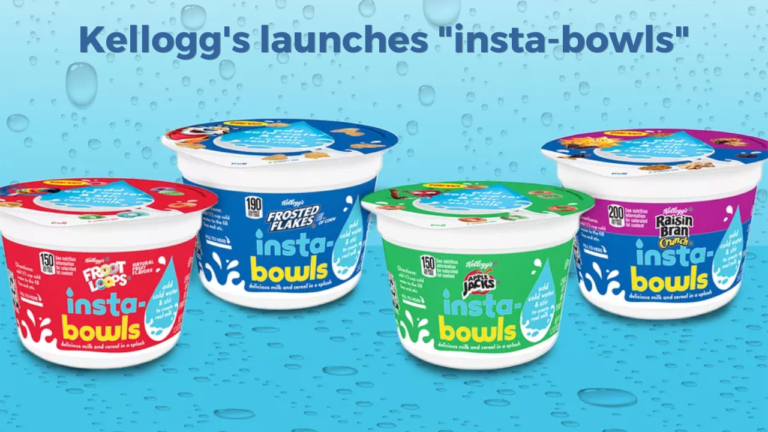RUM MAKING PROCESS
Nothing takes you to the tropics like rum. However, not all rum is made equal. At its most basic form, it is a distilled alcohol created from fermented sugar or refined sugar. Its alcohol concentration can range from 20 per cent ABV to 75.5 per cent ABV, depending on the type.
Light rums, black rums, aged rums, and spiced rums are all available. Some are made in pot stills, while others are made in column stills. Occasionally, companies base their product on a combination of the two. Simply stated, rum is one of the world’s most diversified types of alcohol.
The Caribbean and American countries manufacture the majority of the world’s rum. It is a popular beverage in the Philippines and India, where sugar is commonly manufactured.
What is Rum Made of?
Surprisingly there are no uniform production requirements for rum, as there are for vodka. The one thing that all producers and rum-making nations have in common is that it must be created from sugar-based materials, mainly sugarcane or molasses.
Most rums are created from molasses, which is the residue left behind after sugar is crystallised from sugarcane juice and contains up to 5% sugar. Molasses is thus imported by certain nations for use in the manufacturing. Therefore, it is frequently prepared from sugarcane juice in areas where sugar industries are underdeveloped.
Fermentation, distillation, ageing, and blending are evidently the four key processes involved in the production.
The basic principles of production are straightforward, requiring just three ingredients: sugar cane, water, and yeast.
The basic material for the fermentation process is the juice of the mature sugar cane plant or molasses. The combination of yeast and sugar causes a spontaneous reaction that produces the alcohol as well as a variety of byproducts known as congeners, which give its distinct scent and flavour.
Distillation separates and concentrates the alcohol and congeners from the fermenting mixture to produce rum. Distilling equipment and practises fluctuate from location to place, resulting in rums with significantly distinct flavours. It is matured in oak barrels before being mixed to create the alcohol we know as rum.
In more detail…
Molasses: Molasses is regardless the most often utilised raw ingredient in the manufacturing of rum. Angostura utilises solely molasses.
Molasses styles vary indeed depending on cane quality, soil, climatic circumstances, harvesting method, sugar manufacture process, and handling and storage. The taste and strength of the rum are influenced by its quality.
The yeast used in fermentation: Because yeast is the hallmark of any alcohol, it has the ability to alter the final taste and flavour.
Fermentation: Molasses is mixed with water to lower the sugar concentration before adding the pure yeast culture. The fermentation process produces alcohol, the rich foundation for all rums, in around 36 – 48 hours.
Distillation: Distillation is a method of boiling a liquid after it has fermented and condensing its vapour to generate alcohol, which is then collected. To separate and isolate the alcohol and congener elements of the liquid mixture, the facility employs a multi-column, multi-tray continuous distillation technology.
Ageing
Following distillation, it is placed in oak barrels and transported to the warehouse to mature.
Even though the ageing process is not entirely understood, it is regarded as the most important part of the rum-producing process due to the fact that improves with age.
Rum maturing has been practised since the 1600s when seafarers discovered that transporting rum in oak barrels on lengthy travels enhanced it even more and made it deeper in colour.
Many changes occur during ageing as a result of oxidation and selective diffusion via the pores of the oak barrel, as well as chemical interaction between the congeners.
Blending
The art of blending is certainly the key to producing high-quality rum. It enables the master blender to produce a specific blend by overall combining many various types and styles of rum.
Blending is equally important to combine light and heavy rums of various ages that have been meticulously analysed and selected by the blender for their distinct qualities. After being mixed, it is held in bottling vats and lowered to bottling strength by adding deionised water. It is then filtered and polished before being bottled and packed for sale.
Hence, the ultimate product is incredibly smooth matured rums with vanilla and oak aromas.
White or Dark Rum
White rum and black rum are the two basic varieties of rum. The most frequent variety is white rum, which is further matured in stainless steel tanks for up to a year. It has a light, bright flavour and is used in traditional cocktails such as Daiquiri, Mojito, and Pia Colada.
Rich matured rums and those with additional colouring and spices are examples of dark rums. The hue of aged rums is imparted basically by time spent in burned oak barrels. Dark or aged rums frequently provide body and colour to drinks such as the Dark ‘N’ Stormy or Hurricane. Generally dark rum’s rich, sweet taste makes it suitable for sipping on its own.
16 Rum Brands choices in India.
- Ron Zacapa
- Price: INR 7,250 for 750ml
- Alcohol Content: 40% onwards
- Clement
- Price: INR 4,857 for 750ml
- Alcohol Content: 40% onwards
- El Dorado
- Price: INR 4,857 for 750ml
- Alcohol Content: 40% onwards
- Angostura
- Price: INR 3,200 for 700ml
- Alcohol Content: 40% onwards
- Mount Gay
- Price: INR 4,857 for 750ml
- Alcohol Content: 40% onwards
- Malibu
- Price: INR 2,980 for 750ml
- Alcohol by Volume 21%
- Appleto Estate
- Price: INR 1,600 for 750ml
- Alcohol Content: 40% to 75.5%
- Goslings
- Price: INR 4,857 for 750ml
- Alcohol Content: 40% onwards
- Bacardi
- Price: INR 800 – INR 1,500 for 750ml
- Alcohol by Volume 35% onwards
- Captain Morgan
- Price: INR 1,472 for 750ml
- Alcohol Content: 35%
- Havana Club
- Price: INR 1,100 for 750ml
- Alcohol Content: 40%
- Hercules
- Price: INR 672 for 750ml
- Alcohol Content: 42.8%
- Old Port
- Price: INR 650 (Approx.) for 750ml
- Alcohol Content: 40% onwards
- Old Monk
- Price: INR 466 for 750ml
- Alcohol Content: 42.8%
- McDowell’s No. 1
- Price: INR 343 for 750ml
- Alcohol Content: 42.8%
- Contessa
- Price: INR 300 (Approx.) for 750ml
- Alcohol Content: 42.8%
Conclusion
At its most basic form, rum is a distilled alcohol created from i.e. fermented sugar or refined sugar. Its alcohol concentration in fact can range from 20 per cent ABV to 75.5 per cent ABV, depending on the type. Occasionally, companies base their product on a combination of the two. Simply stated, rum is one of the world’s most diversified types of alcohol. So there are no uniform production requirements for rum, as there are for vodka. However most rums are created from molasses, which is the residue left behind after sugar is crystallised from sugarcane juice and contains up to 5% sugar. Molasses is imported by certain nations for use in the manufacturing of rum.
So, what’s your choice of alcohol? Have you ever previously tried Rum?
BIBLIOGRAPHY
- https://thirstmag.com/uploadfiles/AngosturaProductSheet.pdf
- https://vinepair.com/explore/category-type/rum/
- https://www.britannica.com/topic/rum-liquor
- https://magicpin.in/blog/best-rum-brands-india/
- https://rumporter.com/en/whats-india-drinking/
- https://www.rockymountainbarrelcompany.com/product/martinique-rum-barrel/.



Rum Making Process